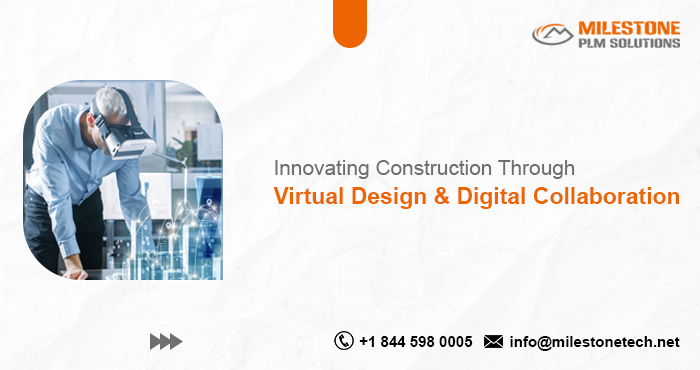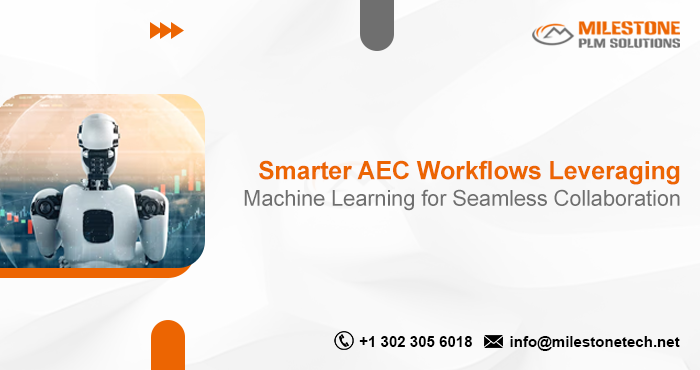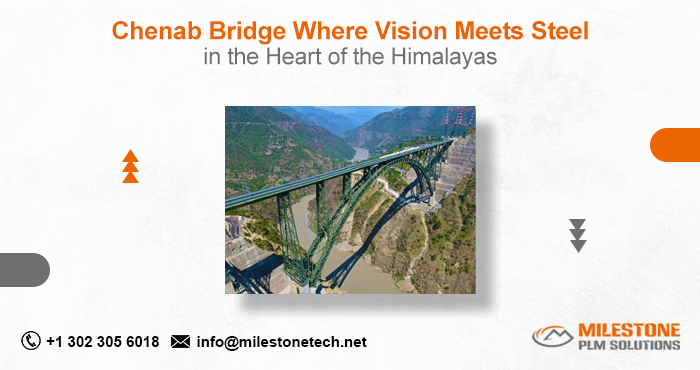Innovating Construction Through Virtual Design and Digital Collaboration
- Milestone PLM Solutions
- Oct 15, 2024
- 2 min read
The construction industry, traditionally known for its slow pace and reliance on manual processes, is undergoing a significant transformation. The advent of digital technologies is revolutionizing the way projects are planned, designed, and executed. Among these groundbreaking innovations, virtual design and construction (VDC) are emerging as powerful tools for enhancing efficiency, reducing costs, and improving quality.

What is Virtual Design and Construction (VDC)?
VDC is a collaborative process that utilizes computer software to create a digital representation of a building or infrastructure project. It involves integrating various digital tools, such as Building Information Modeling (BIM), 3D modeling, and virtual reality (VR), to simulate the entire lifecycle of a project, from design and planning to construction and maintenance.
Key Benefits of VDC:
Improved Collaboration: VDC fosters better communication and coordination among project stakeholders, including architects, engineers, contractors, and subcontractors. By creating a shared digital platform, teams can work together seamlessly, reducing misunderstandings and delays.
Enhanced Visualization: VDC allows stakeholders to visualize the project in its entirety, even before construction begins. This provides a deeper understanding of the design intent and helps identify potential issues early on, saving time and money.
Optimized Design: VDC enables designers to explore different design options and evaluate their impact on factors such as cost, sustainability, and constructability. This iterative process leads to more optimized and efficient designs.
Reduced Errors and Waste: By identifying potential conflicts and errors during the design phase, VDC helps minimize costly mistakes and rework during construction. This translates into reduced waste and improved project efficiency.
Improved Safety: VDC can be used to create virtual safety simulations, allowing workers to identify and address potential hazards before they occur. This helps to create safer work environments and reduce accidents.
VDC Tools and Technologies:
Building Information Modeling (BIM): BIM is a digital representation of a building or infrastructure project that contains detailed information about its components, such as geometry, materials, and performance characteristics.
3D Modeling: 3D modeling software is used to create realistic and detailed digital models of the project, providing a visual representation of the design.
Virtual Reality (VR): VR technology allows users to immerse themselves in a virtual environment, providing a more realistic and engaging experience. This can be used for design reviews, safety training, and even virtual site visits.
Augmented Reality (AR): AR overlays digital information onto the real world, providing additional context and insights. This can be used for construction visualization, maintenance, and training.
Conclusion:
Virtual design and construction are transforming the construction industry by providing powerful tools for improving efficiency, reducing costs, and enhancing quality. As technology continues to advance, we can expect to see even more innovative applications of VDC in the future. By embracing these digital technologies, the construction industry can position itself for a more sustainable and prosperous future.


